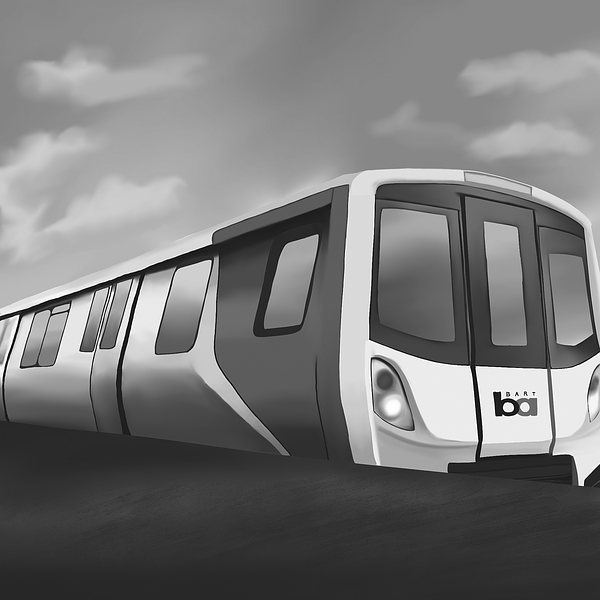In Palo Alto, there are three options for public transportation: the train (Caltrain), bus (Valley Transportation Agency) or rideshare (Palo Alto Link). However, three is not enough, and unlike other parts of the Bay Area, Silicon Valley lacks a form of public transportation necessary for anyone living in a large metropolitan area: a short distance train such as the Bay Area Rapid Transit.
Though Caltrain has been working on a large-scale electrification project, expanding the BART system through Silicon Valley would be a good step towards making a sustainable and efficient future. Short distance trains such as BART work at a higher frequency, transporting more people to their destinations in a timely manner.
We need to be more like cities such as Chicago that have a two-train system that work in tandem to create more efficient transport. If implemented, when someone needs to go a shorter distance, for example from Los Altos to Palo Alto, they could take the Silicon Valley BART, but if they needed to go to San Jose, they can have the Caltrain as an option.
Though expensive, BART expansion projects are in line to be finished by 2036 and are projected to cost $12.2 billion. These plans include making stations in San Jose and Santa Clara in order to connect the East and South Bay together. BART is also now fully electric and sustainable, which can help the Bay Area reduce its carbon emissions.
Expanding BART also makes sense because much of the public transport leaving Palo Alto is within Silicon Valley. People should have a sustainable option to go to their workplace if it is nearby. According to Metro Magazine, the average American spends $2152.80 on gas each year while the average year’s worth of transportation costs $800. Since the Bay Area is so spread out, building up a stronger public transportation system will help people get to work in a more timely manner and without emitting carbon.
Another transportation option is the VTA light rail, which has not been fully integrated into the South Bay and Silicon Valley. By using electric light rails and connecting suburban and urban areas, we have been able to see an example of what a fully expanded BART could do.
Complaints about the BART include that the trains and stations are old and not well kept. However, by 2030, BART is planning to have new cars and new technology in order to make the quality of the experience better for customers.
The Bay Area can become an even more lucrative area for people to live if there is a more efficient way to get to work. At the end of the day, the new progress on the Caltrain expansion is a promising start to the emerging public transport scene in the Bay Area. But if BART has a full expansion, that would revolutionize the way Bay Area residents use public transport.


